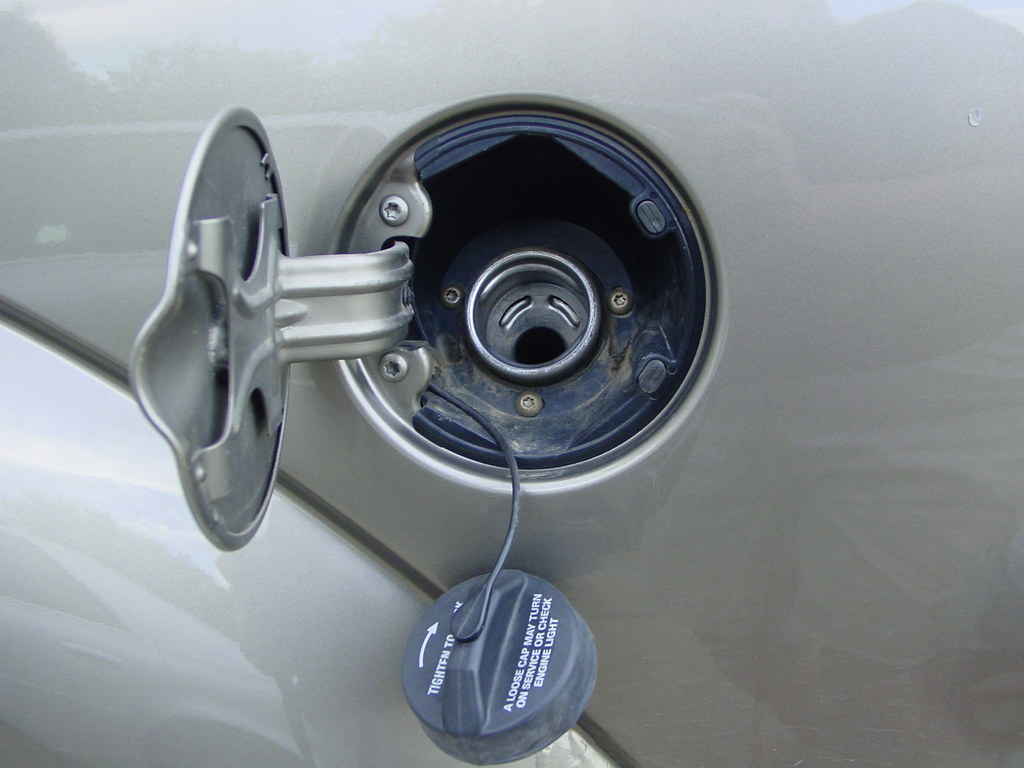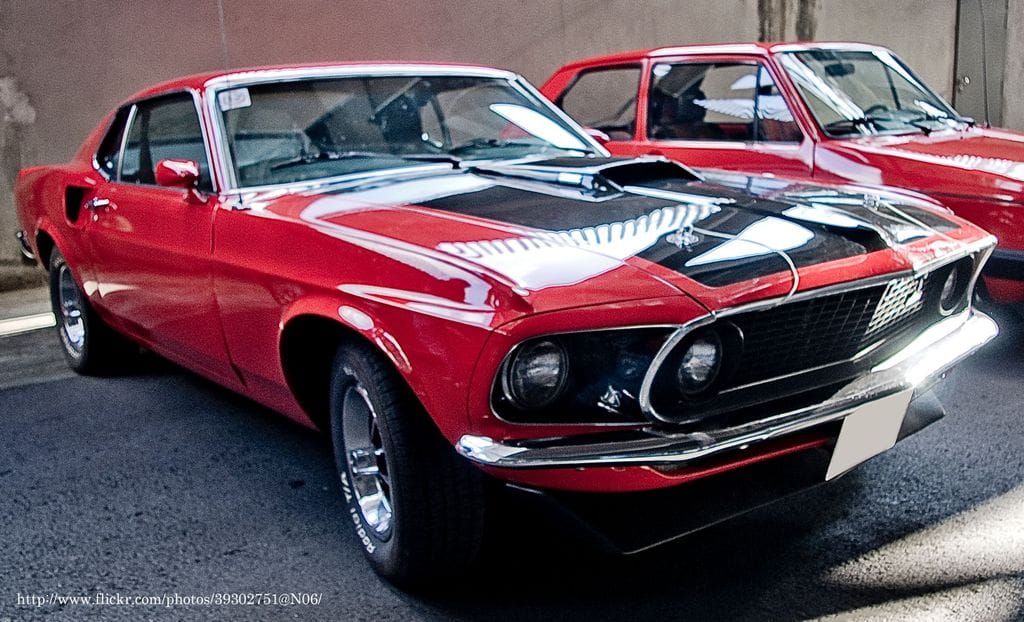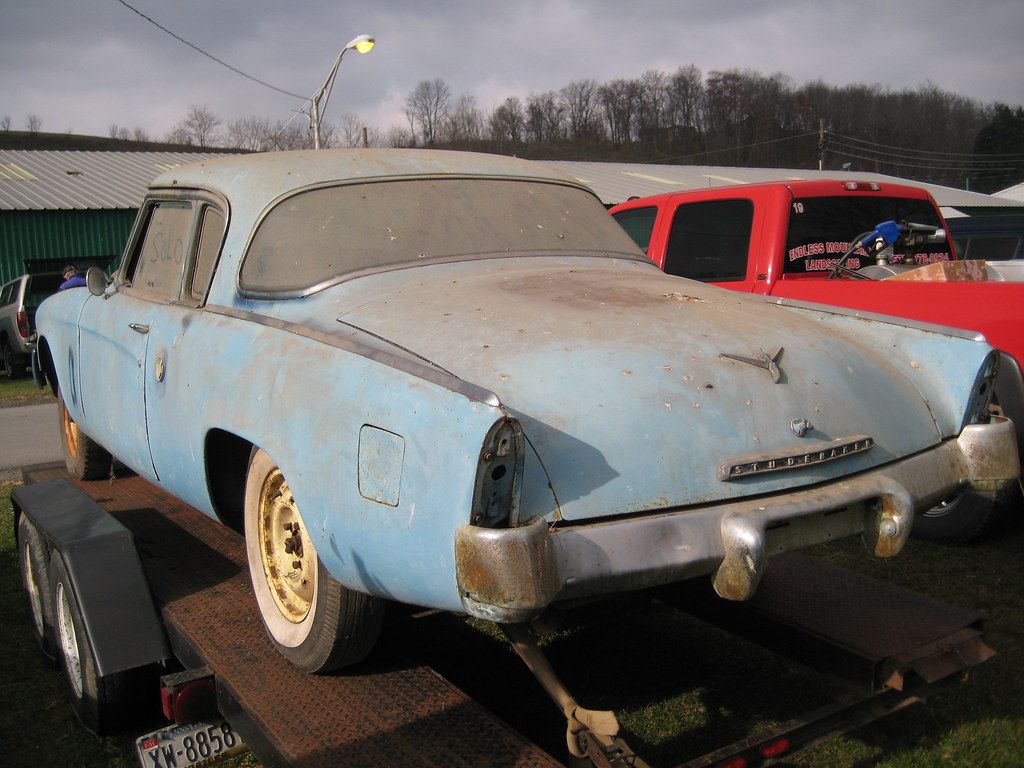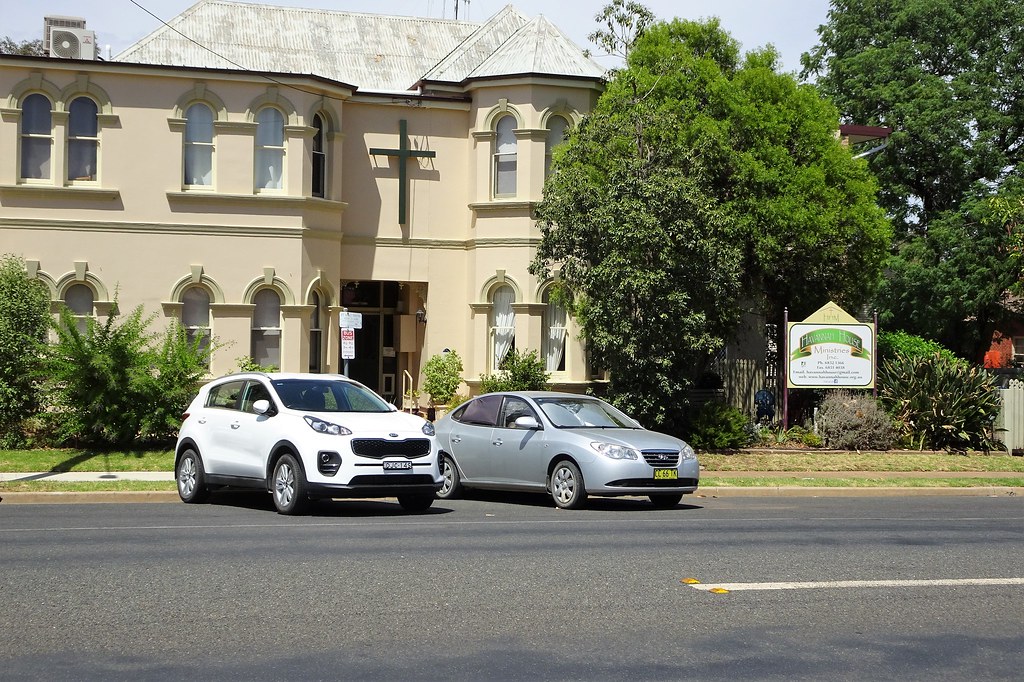
The age-old question that has puzzled many a car owner: does a car waste gas when idling? It’s a topic that has sparked debate and confusion, with some arguing that idling is a necessary evil, while others claim it’s a complete waste of fuel. As we delve into the world of car engines and fuel efficiency, it becomes clear that the answer is not as simple as a straightforward yes or no.
Picture this: you’re at a drive-through, and it’s taking longer than expected. That’s not just your patience wearing thin; your fuel gauge is inching downwards too. Idling may seem insignificant when we think about our individual cars, but when we account for the hundreds of millions of vehicles out there, we’re looking at a three-billion-gallon fuel party nobody intended to throw—and that’s just in the U.S. each year. This habit is costing us and the environment more than we realize.
In this comprehensive guide, we’ll explore the intricacies of idling, its effects on fuel consumption, and what you can do to minimize waste and maximize your car’s performance. Every minute spent idling is a minute of fuel consumption with zero miles to show for it. It’s time to uncover the unseen costs ticking away and discover how small adjustments can lead to significant savings and a healthier planet.
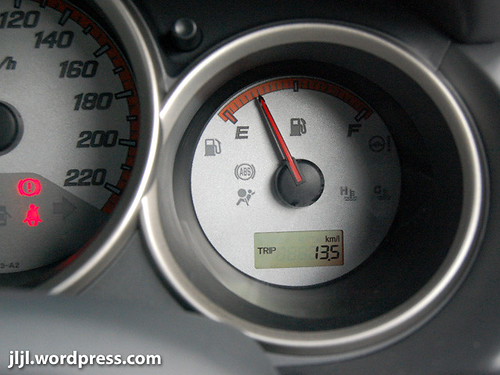
1. What is Idling? Defining the Unseen Fuel Drain.
Idling refers to the act of letting your car’s engine run without moving, typically in traffic jams, at red lights, or in parking lots. This can occur for a few seconds, minutes, or even hours, depending on the situation. It’s a common occurrence for many drivers, especially in urban areas where traffic congestion is a daily reality. This practice is more common than you might think and is often part of everyday life for many Americans.
Whether it’s waiting at a drive-thru, picking up kids from school, or letting the engine warm up on a cold morning, most of us have let our cars idle at some point. However, when your car’s engine is idling, it’s not producing any meaningful work, but it’s still consuming fuel. It’s like leaving the tap running while brushing teeth, seemingly insignificant, yet cumulatively wasteful.
In simple terms, every minute your car idles, it wastes fuel that could be saved by simply turning off the engine. Even short periods of idling add up over time, leading to unnecessary fuel consumption and higher costs. Understanding what idling is and when it happens can help drivers recognize just how often they might be wasting fuel without realizing it.
2. The Core Mechanics: Why Idling Still Burns Fuel.
When your vehicle is idling, the engine is still running, which means it continues to burn fuel even though you’re not moving. The combustion process inside the engine uses gasoline or diesel to keep the motor turning, run accessories like air conditioning, and power electronics. This low, humming purr you hear is actually the sound of fuel being spent without getting us anywhere.
There are several reasons why idling affects fuel consumption, delving into the mechanics of how your engine operates even at a standstill. Most modern engines idle at around 600-800 RPM, which is much higher than the optimal speed for fuel efficiency. This means that the engine is burning more fuel than necessary just to maintain a steady speed. It’s an inefficient process that continuously consumes valuable fuel.
Idling also requires the fuel pump to work harder to maintain the correct fuel pressure, which inherently increases fuel consumption. Moreover, during idling, accessories like the air conditioning, heating, and stereo system are still drawing power from the engine, even though the car is not moving. This continuous draw on engine power further elevates fuel consumption, making your car’s standby mode far from dormant.

3. The Environmental Toll: Idling’s Dirty Emissions.
Idling not only wastes fuel, but it also contributes significantly to air pollution and greenhouse gas emissions. When vehicles idle for prolonged periods, they emit various harmful pollutants that degrade air quality and exacerbate climate change. Every minute your engine runs while parked, it releases exhaust gases into our atmosphere.
According to the U.S. Environmental Protection Agency (EPA), idling can produce substantial amounts of pollutants per hour. These include Carbon monoxide (CO) at 10-20 grams, Hydrocarbons (HC) at 10-20 grams, and Nitrogen oxides (NOx) at 1-2 grams. These emissions are detrimental, directly contributing to poor local air quality, which can lead to respiratory problems, especially for vulnerable populations.
Beyond local effects, these emissions contribute to the global issue of climate change. Carbon dioxide (CO2), a notorious greenhouse gas, is released every time an engine idles. In fact, according to the U.S. Department of Energy, idling for just 10 minutes can produce as much CO2 as driving five miles! By reducing idling, we can minimize our environmental footprint and promote a cleaner, healthier environment for everyone.

4. Debunking the Myths: Idling vs. Restarting.
One of the most persistent age-old questions that has puzzled many a car owner is whether restarting an engine uses more gas than letting it idle. Many believe that turning off and restarting the engine wastes more fuel than leaving it running, but modern engines are designed to start efficiently, making this a common misconception. This myth often prevents drivers from taking a simple, fuel-saving action.
While that might have been correct for older vehicles that used to waste more fuel on startup, today’s vehicles are engineered differently. Modern engines are designed to optimize fuel injection and ignition processes during startup, meaning they consume a negligible amount of fuel compared to the continuous consumption of an idling engine. This efficiency makes turning off your engine a viable and often superior option.
That being said, you’ll save more fuel by shutting the engine off when possible than leaving your car run idle. Of course, it also depends on the situation. If you are waiting for someone or expect to be waiting a long time at a fast-food drive-through, it’s a better option to shut the engine and restart it afterward. However, restarting your engine too frequently in a short period could result in a damaged starter, so discretion in traffic is key.

5. Vehicle Variations: How Idling Affects Different Car Types.
The amount of fuel used during idling can vary significantly depending on the type of vehicle you drive. This isn’t a one-size-fits-all problem; different vehicle characteristics contribute to varying fuel consumption rates while stationary. Understanding these differences can help you better assess your own idling impact.
For example, a standard passenger car (gasoline) might consume between 0.2 and 0.5 gallons per hour of idling. In contrast, larger vehicles like pickup trucks (gasoline) could use 0.4 to 0.7 gallons, and SUVs (gasoline) 0.3 to 0.6 gallons. Heavy-duty diesel trucks consume even more, ranging from 0.5 to 1 gallon per hour. Interestingly, many hybrid vehicles automatically shut off their engines when stopped, using very little to no fuel during these periods.
The type of engine also matters a lot. Diesel engines, when idle, tend to consume less fuel than gasoline-powered cars of the same model and engine capacity. This is because diesel engines can operate with more unburned oxygen in the exhaust when idle, injecting less fuel than a gasoline engine. The weight and size of the car play a crucial role too; a large SUV or a heavy-duty diesel truck will inherently waste much more fuel when idling compared to a lightweight compact car.

6. The Hidden Financial Leak: What Idling Costs Your Wallet.
Idling might seem harmless—maybe you’re just waiting to pick up someone, or letting your engine warm up on a chilly morning. However, excessive idling has real consequences for your wallet, extending beyond just the occasional fuel expense. It’s a hidden cost that sneaks up on us, leading to more frequent fill-ups and higher annual spending.
Even for an average car, idling can guzzle between 0.2 to 0.5 gallons of fuel per hour. If you have a bad habit of leaving your engine running as you prepare to go out on the road, you could be wasting a gallon of fuel every day without any need. Over time, this means more frequent trips to the gas pump, draining money that could be saved with a simple habit change.
To illustrate the impact, consider these figures: if you idle for just 30 minutes a week, you could be wasting 0.5 to 1.5 gallons of fuel, leading to an approximate extra cost of $2 to $6 (at $4/gallon). Extend that to 120 minutes of idling per week, and your extra cost jumps to $8 to $24. These numbers quickly add up, revealing a substantial, yet avoidable, drain on your finances.

7. Accessory Power Play: A/C and Other Systems Draining Your Tank.
When your car is idling, the engine isn’t just keeping itself running; it’s also powering all the accessories you might be using. This includes vital systems like the air conditioning, heating, and stereo system, all of which continue to draw power from the engine even though the car is not moving. This continuous energy demand directly impacts your fuel consumption, often more than drivers realize.
Using the air conditioning (A/C) system while idling is a prime example of how accessories can significantly increase fuel waste. When the A/C is on, the engine has to work harder to run the compressor, leading to a noticeable bump in fuel consumption. In fact, operating an air conditioning system while idling can increase fuel consumption by approximately 2 to 3%. This seemingly small percentage can add up over time, especially in hot climates.
Furthermore, the alternator, which powers the battery and electrical features, requires the engine to be running. If you’re running multiple electrical systems while idling, it not only increases fuel consumption but also puts more stress on the battery. Therefore, being mindful of accessory usage when stationary is a simple yet effective way to further reduce unnecessary fuel burn and lessen the load on your vehicle’s components.
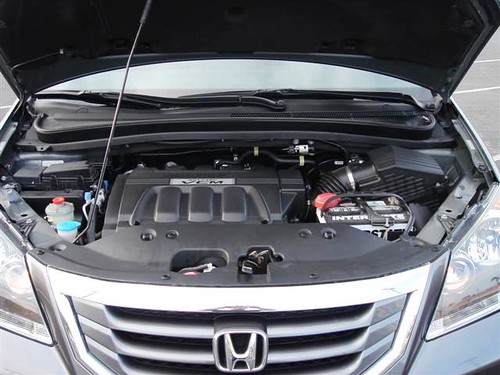
8. Simple Switches for Big Savings: When to Turn Off Your Engine.
One of the most immediate and impactful actions drivers can take to combat unnecessary idling is remarkably simple: turn off the engine when you’re stopped for more than a brief moment. Many of us operate under the old adage that restarting an engine uses more fuel than letting it run, a notion that, while once true for carbureted vehicles of yesteryear, is simply no longer valid for today’s sophisticated, fuel-injected machines. Modern engines are engineered for efficient startups, consuming a negligible amount of fuel compared to the continuous burn of an idling engine.
Think of those common scenarios where we often leave the engine running out of habit. Are you waiting in a school pick-up line that snakes around the block? Or perhaps you’re stuck in a drive-thru, inching forward slower than a glacier? For any stop anticipated to last longer than about 30 seconds to a minute, making the simple switch to `off` and `on` again can yield real savings. It might feel counterintuitive at first, but this small behavioral change adds up to a substantial reduction in wasted fuel and emissions.
This isn’t just theory; it’s backed by engineering. Today’s vehicles optimize fuel injection and ignition during startup, ensuring that the brief burst of fuel required is minimal. So, instead of letting your engine happily purr away at a fast-food lane, consider taking a moment to hit that ignition button. In situations where you can safely turn off your engine without impeding traffic flow, like when parked for a curbside pickup or waiting outside a store, this simple act becomes a powerful ally in your quest for better fuel efficiency.

9. Rethinking the Warm-Up: Efficient Engine Preparation.
For decades, it was common practice to let our cars idle for several minutes on a cold morning, believing it was essential to ‘warm up the engine.’ This tradition, however, is another relic of older automotive technology. Modern engines are vastly different from their predecessors, and while they do need to reach optimal operating temperature, prolonged idling is actually one of the least efficient ways to achieve this, and it comes at a cost to your fuel tank and the environment.
Today’s vehicles warm up far more effectively when they are driven gently, rather than sitting still. After about 30 to 60 seconds of starting your engine, it’s generally safe and more efficient to begin driving. The engine will reach its ideal temperature more quickly and uniformly under a light load, distributing fluids and bringing all components up to temperature in a way that static idling simply can’t match. This approach not only saves fuel but also reduces the time your engine spends in an inefficient state.
Of course, there are always exceptions to the rule, particularly in extremely cold climates. If you’re facing truly frigid temperatures, a very brief idle—just long enough to clear your windows or ensure proper lubrication—might be warranted. However, this period should be minimal, ideally less than a minute. For those in persistently cold regions, an even smarter solution is to invest in a block heater. This clever device warms your engine’s coolant before you even start the car, ensuring a smoother, more efficient startup with virtually no idling needed.

10. Smart Accessory Management: Powering Down to Save Fuel.
When your car’s engine is idling, it’s not just keeping itself running; it’s also constantly generating power for all the accessories you might have turned on. This is where many drivers unknowingly burn through extra fuel. Systems like the air conditioning, heating, and even your stereo system, all draw power from the engine, demanding more fuel to keep them operational, even when your wheels aren’t moving an inch. Understanding this ‘accessory power play’ is key to unlocking further fuel savings.
The air conditioning system is perhaps the biggest culprit in this regard. When the A/C is engaged while idling, the engine has to work significantly harder to run the compressor. This added strain directly translates into a noticeable increase in fuel consumption, sometimes boosting it by an approximate 2 to 3%. While this might seem like a small percentage, it’s a continuous drain that quickly adds up, especially during prolonged stops in warmer weather or in climates where A/C use is constant.
Beyond just the A/C, every electrical system you’re running contributes to the engine’s workload. The alternator, responsible for charging your battery and powering electrical features, requires the engine to be spinning. If you have multiple systems on — heated seats, defrosters, infotainment, and charging devices — you’re not only increasing fuel consumption but also putting more stress on your battery and electrical system. Being mindful of these power demands and consciously minimizing accessory use when stationary can be a simple, yet highly effective way to further reduce unnecessary fuel burn.

11. Harnessing Tech for Efficiency: Idle-Reduction Innovations.
While behavioral changes are crucial, modern automotive technology also offers ingenious solutions to combat excessive idling. These idle-reduction innovations are designed to seamlessly minimize fuel waste and emissions, often without requiring any active input from the driver. They represent a significant stride towards making our vehicles inherently more efficient, transforming what was once a manual effort into an automated process for smarter driving.
One of the most prevalent and effective technologies is the automatic engine start-stop system. Increasingly common in new vehicles, this system intelligently shuts off the engine when the vehicle comes to a complete stop—at a red light, in heavy traffic, or even just in a parking spot. As soon as you release the brake pedal or touch the accelerator, the engine seamlessly restarts, getting you moving without delay. This ingenious design ensures that fuel is only consumed when the car is actually in motion or requires engine power, eliminating unnecessary idling altogether.
For commercial vehicles, particularly large trucks and buses, Auxiliary Power Units (APUs) have become indispensable. These smaller, independent engines provide power for cabin comfort (heating, cooling) and other electrical needs when the main engine is off. This means drivers can maintain comfortable conditions and power onboard electronics without idling the massive main engine, leading to substantial fuel savings and reduced emissions for fleets. Beyond these, some vehicles now come with advanced onboard diagnostics (OBD) systems that can track and report idling time and fuel usage, empowering drivers with data to better understand and improve their habits.

12. Changing Habits, Changing Outcomes: Everyday Strategies.
Beyond understanding the mechanics and embracing new technologies, a significant part of reducing idling comes down to cultivating new, mindful driving habits. Idling often creeps into our routines without us even realizing it, whether it’s the familiar hum while waiting or the remote start on a chilly morning. But with a bit of awareness and a few practical tweaks, we can significantly cut down on unnecessary engine runtime and foster a more fuel-efficient approach to our daily drives.
Consider how you use remote starters, especially popular in colder climates. While convenient, letting your vehicle run for 10-15 minutes before you’re ready to leave is a major fuel guzzler. Instead, aim to start your car just 1-2 minutes before you intend to drive. This provides enough time for essential fluids to circulate without the prolonged, wasteful burn. It’s about being prepared, not about leaving your engine to run for extended periods without purpose. If you’re not quite ready to go, there’s no need for the engine to be running.
Creating new habits for less idling can be as simple as leaving visual reminders. A sticky note on your dashboard, a mental checklist before you pull into a school pick-up line, or even a quick glance at a ‘Quick Reference Table’ can reinforce these behaviors. Share these insights with family members; when everyone in the household is on board, the collective impact on fuel savings and emission reduction becomes even greater. It’s about making a conscious decision to shut off the engine when parked, turning what was once a default into a deliberate, fuel-saving choice.

13. Community Action: How Local Initiatives Fight Idling
Combating vehicle idling isn’t just an individual responsibility; it’s a collective challenge that many U.S. communities are actively addressing through policy and grassroots efforts. From city halls to schoolyards, local initiatives are proving instrumental in raising awareness, enacting regulations, and fostering a culture of fuel efficiency and environmental stewardship. These coordinated actions amplify the impact, creating cleaner air and healthier environments for everyone.
Local governments often lead the charge by enacting anti-idling ordinances. These regulations typically set limits on how long a vehicle can idle in public spaces, often backed by fines. California, for instance, is known for regulations that can cost drivers up to $250 for exceeding idling limits. Beyond enforcement, cities install clear ‘No Idling’ signs in key areas like government buildings and public parks, and many even set an example by ensuring their own municipal vehicle fleets adhere to strict idle-reduction policies. This combination of regulation and public education is proving highly effective.
Schools and community groups also play a pivotal role. Schools frequently launch “no idling” campaigns, especially targeting parents during busy pick-up and drop-off times. The goal is simple: to minimize exhaust fumes around children, who are particularly vulnerable to air pollutants. Community organizations chip in by hosting educational events, distributing informative flyers, and leveraging social media to spread the word, encouraging neighbors to adopt idle-free habits. These localized efforts create a strong network of conscious citizens working together for a healthier, more sustainable future.

14. Be an Eco-Driver: A Step-by-Step Guide to Driving Change.
Feeling inspired to make an even bigger difference in the fight against unnecessary idling? Becoming an advocate for change in your community is a powerful step. You don’t need to be an expert; anyone can initiate or join local efforts to promote more fuel-efficient and environmentally conscious driving practices. By following a structured approach, you can effectively spread awareness and help shift the collective mindset towards an idle-free future.
Start by arming yourself with knowledge. Understand the specific impacts of idling in your area—how much fuel is wasted, the local air quality implications, and any existing regulations. Connecting with local parent-teacher groups, neighborhood associations, or environmental organizations is a great next step; you’ll often find a shared passion for cleaner air and fuel savings. Once connected, focus on raising awareness through simple, engaging means like flyers, social media posts, or brief presentations at community gatherings.
For broader, more lasting change, don’t hesitate to engage with decision-makers. Meet with school officials to discuss “No Idling” policies for buses and parent vehicles, or approach city leaders to advocate for more anti-idling signs or even new ordinances. The key is to make participation easy for everyone. Encourage local businesses and schools to share information through newsletters, and offer practical reminders like window clings or car stickers. Your actions, however small they may seem, can collectively ignite a powerful movement.
Ultimately, tackling vehicle idling is a continuous journey that combines individual responsibility with collective action. By understanding its impacts, adopting smarter habits, leveraging technological aids, and actively participating in community solutions, we can all contribute to a significant reduction in fuel waste and a substantial improvement in air quality. Every minute we choose not to idle, every engine we turn off, and every conversation we have about this issue helps to steer us towards a greener, more sustainable future on our roads. It’s a win for our wallets, a win for our vehicles, and most importantly, a monumental win for our planet. Let’s make every drive, and every stop, count.

